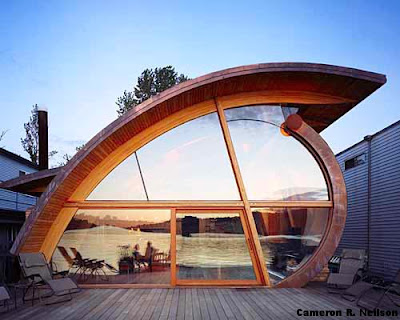Transforming Modern Architecture: AI's Impact from 1900 to Today
Introduction
The evolution of architecture has been a testament to human creativity and innovation, showcasing our ability to blend art and science. Over the past century, architecture has experienced a seismic shift, transitioning from the ornate designs of the 1900s to the sleek, technologically advanced structures of today. One of the driving forces behind this transformation is the integration of artificial intelligence (AI) into architectural processes, revolutionizing the way we design, construct, and experience buildings.
AI's Influence on Design
Streamlining Construction Processes

Enhancing User Experience
Conclusion
In the early 1900s, architectural design was predominantly influenced by historical styles and manual craftsmanship. Architects like Frank Lloyd Wright and Le Corbusier pioneered innovative approaches that deviated from traditional norms. Fast forward to the present, and AI has become a powerful tool aiding architects in creating complex designs that were once inconceivable. Algorithms and AI-driven software enable architects to analyze vast amounts of data, generate intricate 3D models, and optimize designs for factors like energy efficiency, structural stability, and aesthetics.
Streamlining Construction Processes
The construction methods of the 1900s were labor-intensive and time-consuming, often limited by the available technology. Modern architecture benefits from AI-powered construction technologies, like robotic fabrication and 3D printing, which allow for faster, more precise construction. These technologies have been harnessed by architects like Bjarke Ingels, who employed 3D printing to construct the "Worldcraft" building, showcasing the potential for reducing waste and construction time.

Enhancing User Experience
In the early 20th century, architects primarily focused on form and function. Today, AI-driven innovations have paved the way for "smart buildings" that adapt to occupants' needs in real-time. Architectural icons like the Edge in Amsterdam, designed by Ron Bakker of PLP Architecture, utilize AI to regulate lighting, temperature, and space utilization, enhancing occupant comfort and energy efficiency.
Famous Architects Embracing AI
A breed of architects, such as Philippe Starck, Zaha Hadid Architects, and Foster + Partners, are harnessing AI's potential to reimagine design possibilities. Zaha Hadid Architects employed AI algorithms to create fluid, organic shapes in their design for the Beijing Daxing International Airport, pushing the boundaries of architectural aesthetics.
Conclusion
The transformation of modern architecture from the 1900s to the present day has been shaped by the integration of AI. The convergence of technology and design has led to innovative solutions, streamlined construction processes, and enhanced user experiences. As AI continues to evolve, architects will have unprecedented tools at their disposal, paving the way for even more awe-inspiring structures that redefine the boundaries of imagination and possibility.


Comments